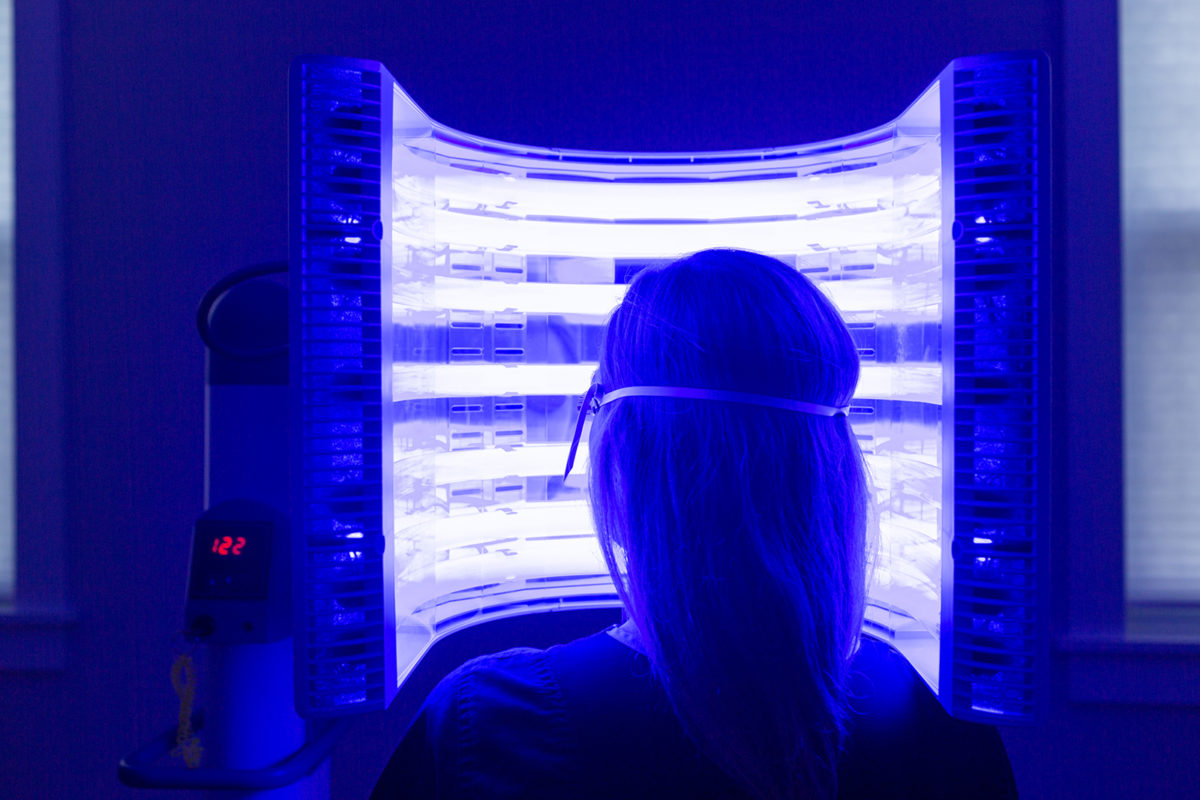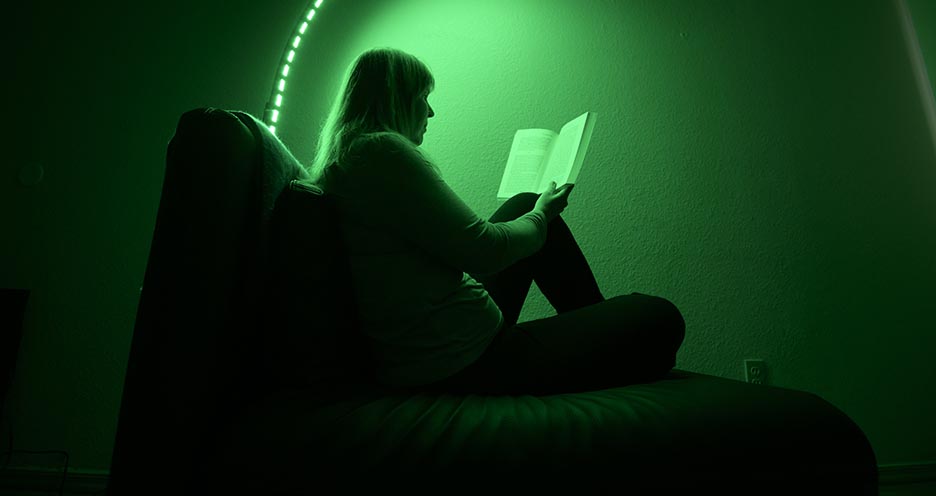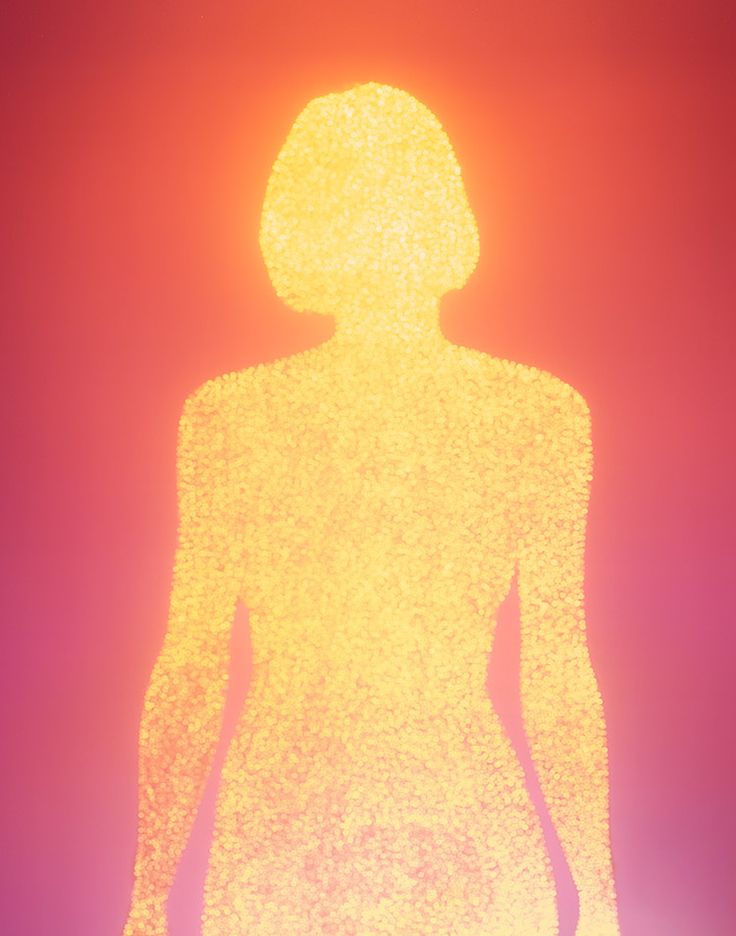UV Light Therapy
Harnessing Ultraviolet Light for Skin Health and Beyond
What is UV Light Therapy?
UV light therapy involves exposure to specific wavelengths of ultraviolet radiation to elicit therapeutic effects. UV light is divided into three main categories based on wavelength:
In therapeutic settings, UVA and UVB light are the primary focus for human applications.
Key Benefits of UV Light Therapy
UV light interacts with the skin and cellular processes in the following ways

Treatment of Skin Conditions
UV therapy is widely used to manage chronic skin issues such as:
- Psoriasis: Reduces the rapid turnover of skin cells, alleviating plaques and scaling.
- Eczema: Soothes inflammation and itching by modulating immune responses.
- Vitiligo: Promotes the repigmentation of depigmented patches.

Vitamin D Synthesis
- Stimulates natural vitamin D production, addressing deficiencies that can lead to weakened bones, fatigue, and mood disorders.
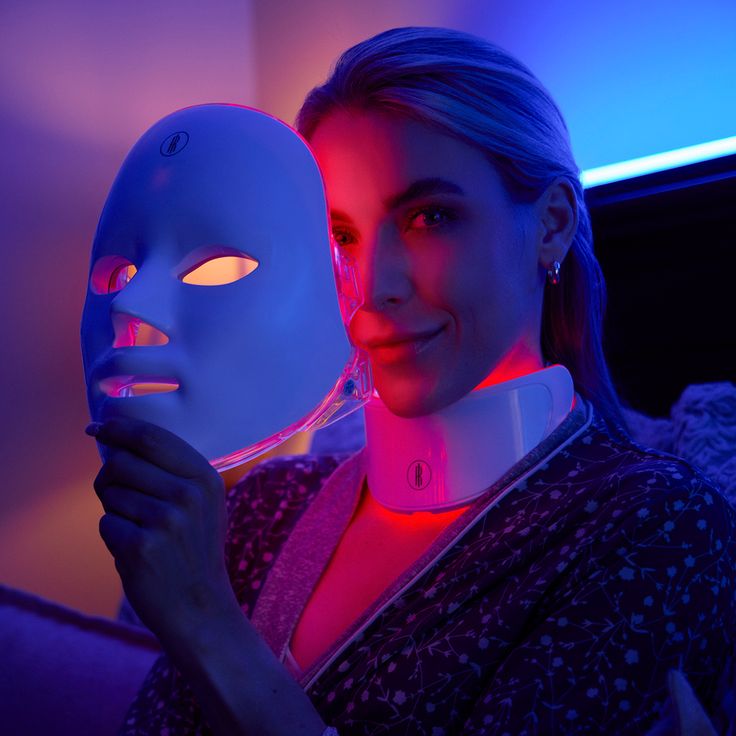
Mood Enhancement
- UV light exposure helps regulate circadian rhythms and increase serotonin levels, combating seasonal affective disorder (SAD) and boosting overall mood.
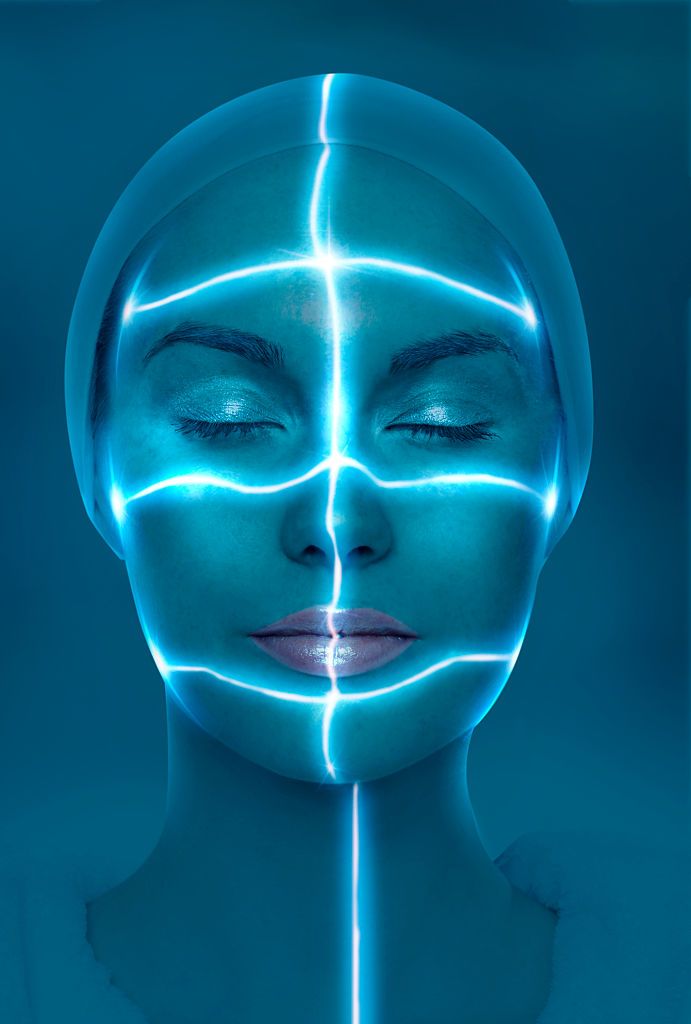
Antimicrobial Effects
- Though not used directly on the skin, UVC light is employed in sterilization protocols to create germ-free environments.
Biohacking Applications
1. Vitamin D Optimization
- Use UVB therapy lamps in areas with limited sunlight to maintain adequate vitamin D levels, particularly during winter months or for individuals with limited outdoor exposure.
2. Skin Therapy
- Incorporate UV light therapy to manage chronic skin conditions, working under medical guidance for optimal results.
3. Mood Regulation
- Combine UV exposure with other light therapies to address mood disorders like SAD, enhancing serotonin production and improving sleep quality.
4. Immune Function Support
- Use UV light therapy to modulate overactive immune responses in autoimmune or inflammatory skin conditions.
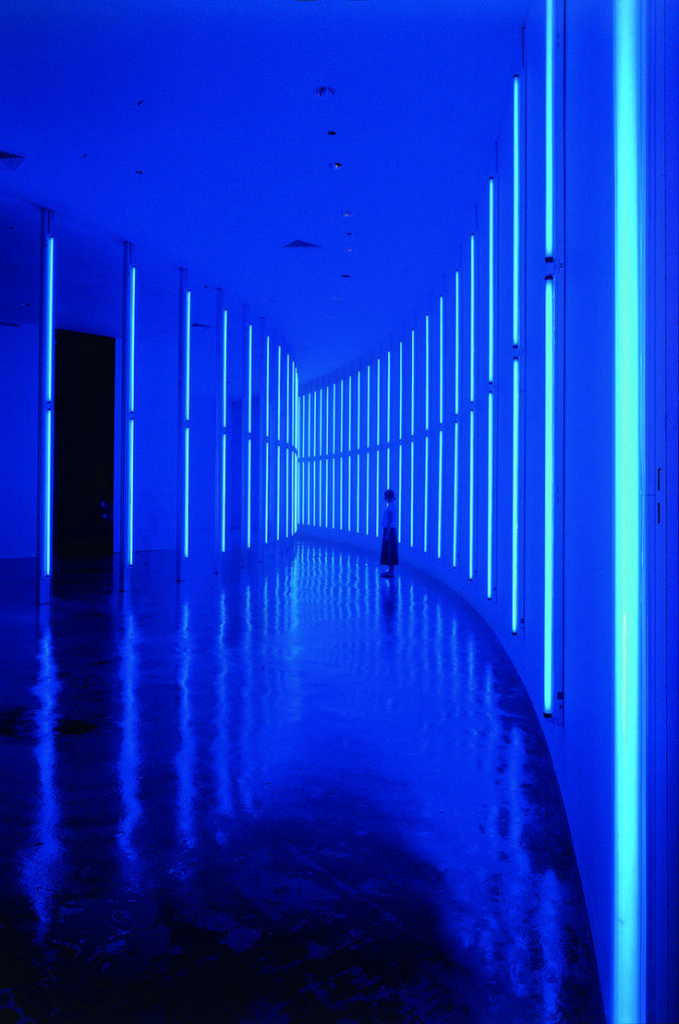
How to Use UV Light Therapy
Devices
- UVB Lamps: Designed for targeted treatment of skin conditions and vitamin D synthesis.
- Phototherapy Booths: Full-body exposure used in medical or clinical settings.
- Portable Devices: Handheld UV devices for localized skin treatment.
Session Duration
- For skin therapy: 2-5 minutes per session, gradually increasing exposure based on tolerance.
- For vitamin D production: 10-20 minutes of UVB light exposure on bare skin.
Frequency
- Skin conditions: 2-3 times per week, depending on severity.
- Vitamin D optimization: Daily or every other day in winter months.
Precautions
- Use protective goggles during therapy to shield eyes from harmful UV exposure.
- Limit exposure to avoid burns, tanning, or DNA damage.
- Consult a healthcare provider to determine the appropriate wavelength and duration for your needs.
Risks and Side Effects
While UV light therapy offers numerous benefits, it must be used with caution due to potential risks:
- Skin Damage: Overexposure can cause sunburn, premature aging, and increased risk of skin cancer.
- Eye Damage: UV light can harm the eyes, leading to conditions like cataracts or photokeratitis.
- Hyperpigmentation: Prolonged use may cause uneven pigmentation or dark spots.
- DNA Damage: UV radiation can induce DNA mutations, necessitating controlled and minimal exposure.




